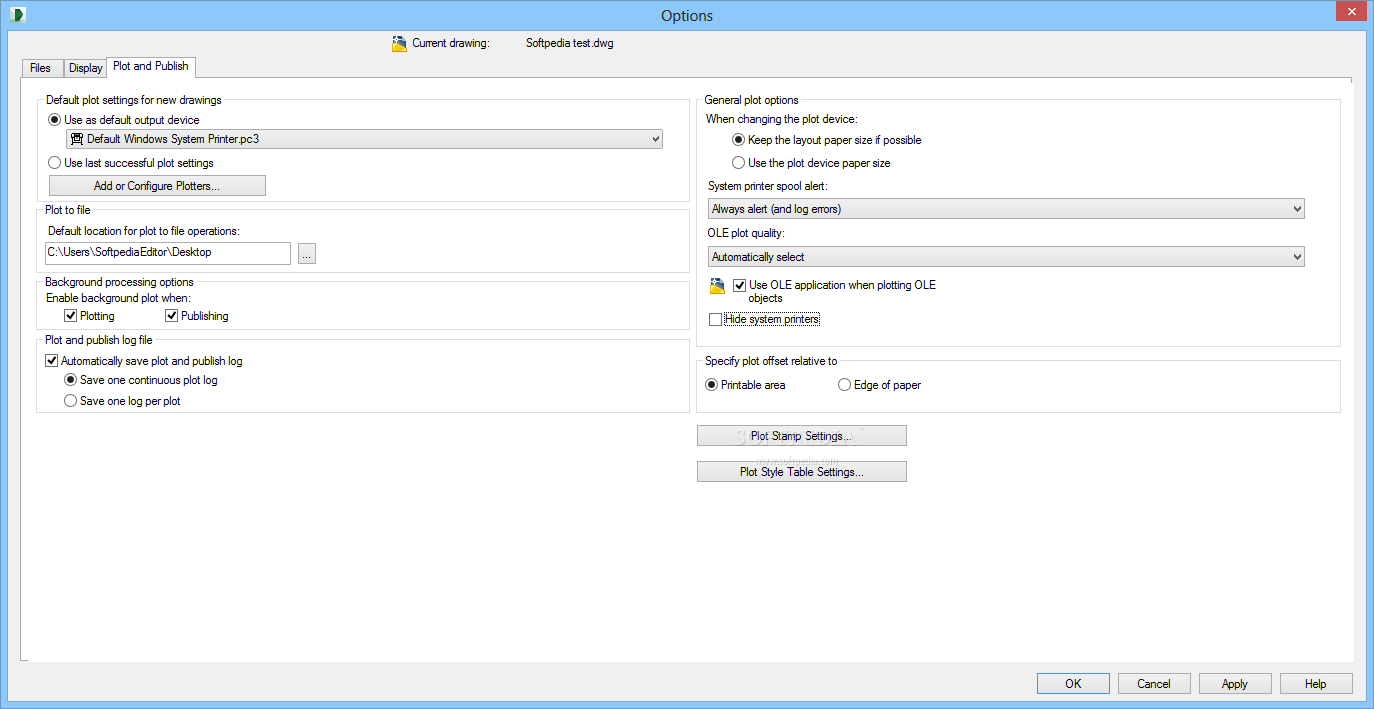

PDF (Adobe’s Portable Document Format) is one of the most commonly-used formats for sharing drawings with team member and clients.DWF (Design Web Format) and DWFx (DWF for Windows Vista) are ideal for sharing drawing file information with team members, vendors, clients, subcontractors, and customers that do not have access to an AutoCAD-based application.DXF (Drawing Interchange Format) is a published file format used for interoperability between Autodesk products, third-party applications, and non-Autodesk products.With DWG TrueView, you can open all drawing files regardless of version, and you can save to DWG file formats as early as AutoCAD Release 14.

DWG drawing file format is the native file format for AutoCAD-based products.You do not need to know AutoCAD to use DWG TrueView, but it is helpful to understand how AutoCAD Layers work, and how to use the page setup, plotting, and publishing dialog boxes.ĭrawing information created in AutoCAD-based products can be saved or exported to the following three file formats. Convert DWG files forward and backward with versions as early as AutoCAD Release 14.
 Publish sets of drawings or sheets to a plotter, or DWF, DWFx, and PDF files. Create DWF, DWFx, PDF, JPG, and PNG files from DWG files. Obtain geometric information from drawings such as distance, mass, and volume. Users have direct access to drawing files created by AutoCAD-based applications for the following purposes: This article will help you to better understand the capabilities of DWG TrueView 2010.ĭWG TrueView supports several file formats for output and conversion. As such, it should only be considered a temporary workaround. Note: DWG True View is a viewer and does not apply changes to DWG files permanently. User who do not have access to AutoCAD or the AutoCAD based application can use DWG True View. The issue can be resolved by choosing the same size lines on a bigger piece of paper or thinner lines on the same size piece of paper. As a general rule - the default settings for model space or the layouts are such that the lines come out really thick. It should also be noted that Autodesk Design Review makes use of DWG True View, when loading a DWG and effectively converting the DWG to DWF. As a result of this - DWF files can have one sheet for DWG model space and none, one, or more sheets for the DWG layouts. These DWG layouts are turning into sheets within DWF files. It also provides an option for the paper size settings. Within the layouts decisions can be made as to "how thick" the lines should be or what line width they would like to apply. Users open a DWG using Autodesk Design Review 2010 and some, if not all, lines are showing up with a thick line width.ĪutoCAD or AutoCAD based applications provide users with an option to create layouts in the DWG. I have seen a number of discussion group posts talking about this issue now.
Publish sets of drawings or sheets to a plotter, or DWF, DWFx, and PDF files. Create DWF, DWFx, PDF, JPG, and PNG files from DWG files. Obtain geometric information from drawings such as distance, mass, and volume. Users have direct access to drawing files created by AutoCAD-based applications for the following purposes: This article will help you to better understand the capabilities of DWG TrueView 2010.ĭWG TrueView supports several file formats for output and conversion. As such, it should only be considered a temporary workaround. Note: DWG True View is a viewer and does not apply changes to DWG files permanently. User who do not have access to AutoCAD or the AutoCAD based application can use DWG True View. The issue can be resolved by choosing the same size lines on a bigger piece of paper or thinner lines on the same size piece of paper. As a general rule - the default settings for model space or the layouts are such that the lines come out really thick. It should also be noted that Autodesk Design Review makes use of DWG True View, when loading a DWG and effectively converting the DWG to DWF. As a result of this - DWF files can have one sheet for DWG model space and none, one, or more sheets for the DWG layouts. These DWG layouts are turning into sheets within DWF files. It also provides an option for the paper size settings. Within the layouts decisions can be made as to "how thick" the lines should be or what line width they would like to apply. Users open a DWG using Autodesk Design Review 2010 and some, if not all, lines are showing up with a thick line width.ĪutoCAD or AutoCAD based applications provide users with an option to create layouts in the DWG. I have seen a number of discussion group posts talking about this issue now.







 0 kommentar(er)
0 kommentar(er)
